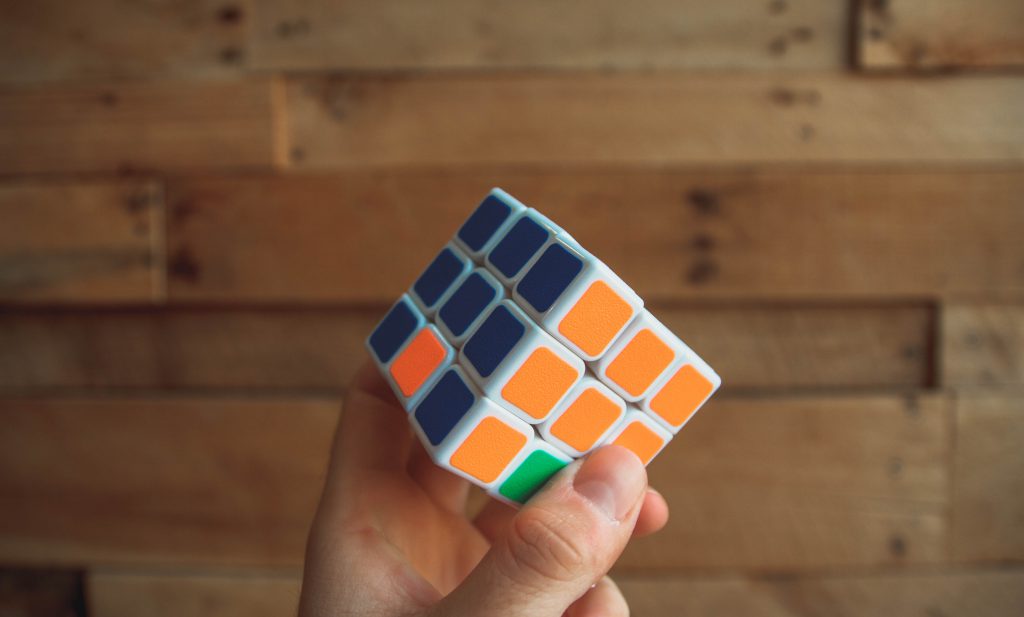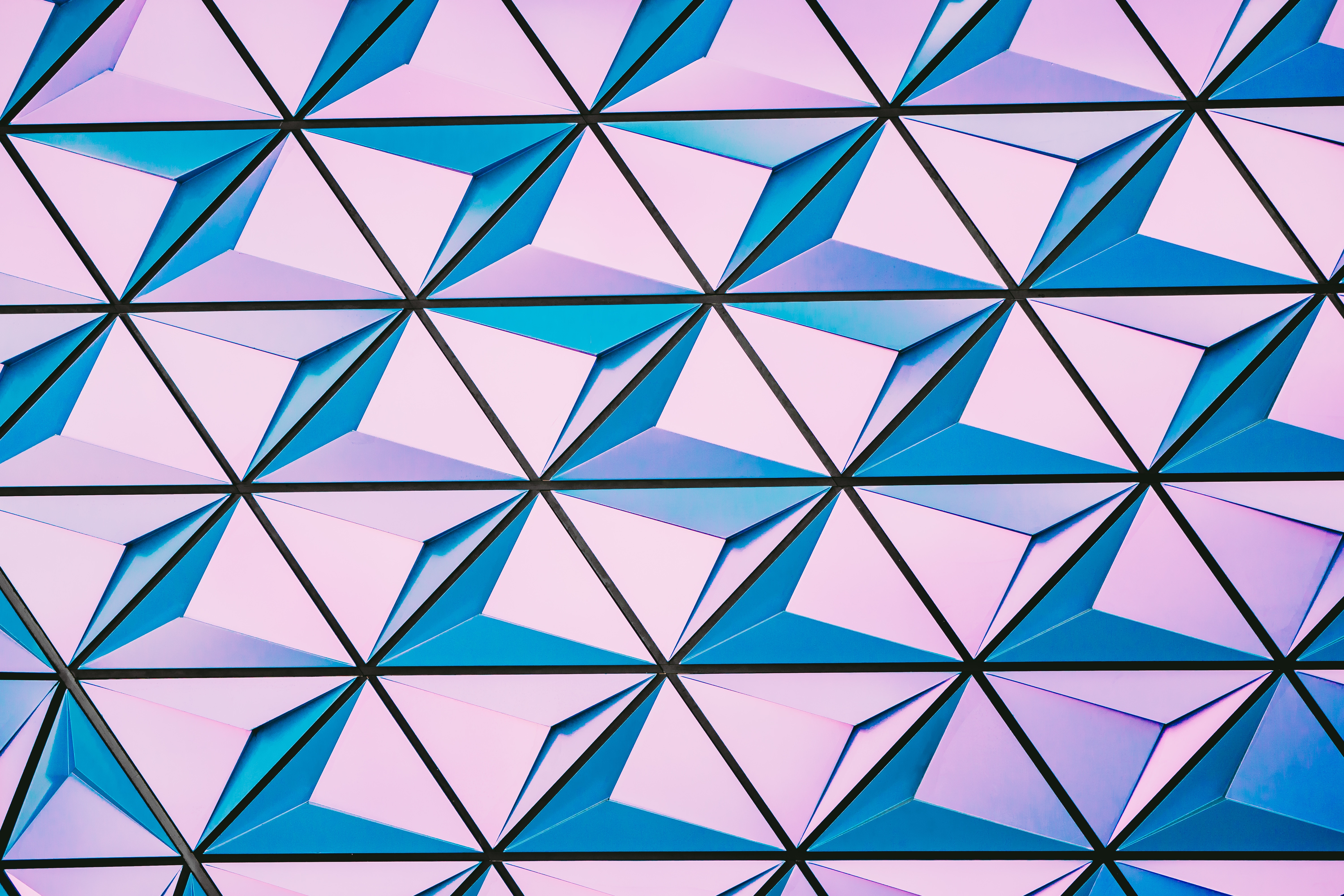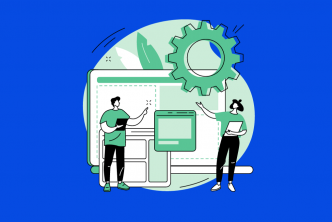Designing an effective, productive, awesome design team is not an easy task. As a manager of a remote team, you are looking for a unique set of skills, experiences, and personalities to create the best, most user-friendly products ever.
After a lot of research and extensive experience in this area, here are our recommended tips, strategies, and advice for designing and putting together a website design team.
But first, let’s consider what does it mean to create an awesome team?
And what, exactly, does success look like when designing a team, especially a team of designers?

First of all, designers are unique. Putting together a team of skilled individuals requires an equal amount of skill and effort. You can’t take a formula-based approach to something that requires a personalized, tailored, and individual approach.
It also depends on the company you are working for — or building — and the product(s) that require the skills of a team of designers, and how all of that fits together.

Secondly, it should be noted that when it comes to managing and building teams, “there’s not a secret formula for a team to success”, according to Google.
Perfect teams don’t exist. Teams are — by their very definition — made of people and people are complex and not perfect; therefore, a perfect team, or a team that is perfect most of the time, is a myth, it doesn’t exist.
But that doesn’t mean that — with the right approach to designing a team and managing them — you can’t put together an effective, skilled, and productive design team.
90 TEAMS SPECIALIZING IN UX/UI
To start with, let’s consider what sort of product design team you need. And try to understand how to manage a design team.
Table of Contents
Different types of product design teams
#1: Centralized
A centralized design team is one that keeps collaboration within the team of designers. Managed similar to an agency, this team keeps other units and skill areas within the business on the outside of the design process, so business development and marketing has a limited impact on the design process.
Whether remote or in the same office, a unified team often shares what they are working on between themselves, frequently gets and receives feedback, and they will often have an overarching design vision around a single product or set of products.
Managing designers in a centralized team are quite easy and effective if you work with simple short-term tasks.
#2: Embedded
An embedded team is the opposite of one that is centralized.
Embedded teams used to be known as multidisciplinary teams or EPD teams (Engineering, Product, and Design), and these teams are — as the name implies — embedded across an organization to maximize cross-functionality. Often, embedded teams consist of 7 people with a range of skills, with a particular focus on using agile or lean methodologies and UX/UI skills early into a project.
Unlike centralized teams, embedded groups involve and get involved with other departments and teams, such as marketing and sales.
Managing designers in this type of team require a more complex approach and sophisticated managing technics.
#3: The elevator
An elevator team is one whereby an on-demand group of designers can be deployed for cross-functional purposes out of a centralized team. When other teams require some of the skills within the design team, they can be requested and deployed as needed.
As a manager, you need to have a clear idea of the skills available within your team before putting together an elevator group, or recruiting freelancers or an agency externally to fill any skills gap.
Managing designers according to the elevator team approach more suitable for big teams.
Now that we’ve got an overview of the three core models for design teams, let’s take a look at practical steps for putting together a design team.
Pro tips: How to design a design team
Design team structure: junior designers, senior designers, design directors
Depending on your company, product(s), projects, and budgets, you will need to recruit at various levels, professionals with a series of skills and experiences. One model that works is the “agency” model. Recruit as if you are building a design agency.
Even though this is an internal unit within a business, imagine you need all of the same skills you would if there were dozens of clients requiring everything from logos to complex user-experience wireframes and product designs. As a project manager, recruit everyone necessary to make a wide range of design projects a success, within the budget you’ve got available.
Hire design team members: choosing values to look for, interviewing candidates, assigning test tasks
When you or a design director hires a team, values and the ability to communicate are just as important as design skills and experience commensurate with the level of the role a designer is applying for.
Find out how well — or not — a designer works to a brief, asks the right questions, looks for solutions, does their homework, and responds to feedback. What you are testing for is whether they can do the work and if they seem like they could fit in well with the team.
Some red flags in this process would be a candidate not asking rudimentary questions, not hitting a deadline, and poor communication before and after the interview and test task process.
As part of the test task process, a potential new recruit should also know how to sell what they’ve designed. Pitch it, as if they were pitching for a new client. If they can do this and argue why they’ve designed something a certain way — even if it might not fit within a certain vision you’ve got — they could be a great candidate for your company.
An important question for leading positions is about how would they manage a design team.
Build smooth a team communication system
When you’ve assembled a team, knowing how they are going to communicate together is an essential part of how you create a strong design team. Especially if a team is remote, you need the tools and systems in place to communicate, and a process that strengthens the intended design outputs.
Designers prefer structure. Deadlines are always an essential element in managing designers, as even the most productive designer can let projects slide without realistic deadlines.
Use a filing system to share assets and designs
Designers usually have a lot to share. Whether working collaboratively on the same product or project, or sharing design assets for feedback and reviews, there needs to be a simple process and system in place for the sharing of assets.
A system of files that moves design assets from brief to a final signed-off version is a useful aspect of this. That way, everyone knows what stage a project is at and where it needs to go next in the revision and feedback iterative cycle.
Design reviews: better work, improved productivity, more solidarity.
Does your team already use design reviews?
If not, then these benefits are worth considering: better work, improved productivity, and more solidarity. Design reviews do take work. When everyone is busy and overworked, it can be tempting to skip them. But don’t!
The quality of what everyone produces increases and everyone — including senior managers and other teams — notices the impact of high-quality productive design reviews. Give each other real, meaningful feedback, and watch the results flow from these sessions, even when they’re hard work.
No designer grows without feedback. As a manager, you should make sure this feedback is productive and not a chance for any personal differences to cause problems within the team.
If you are moving into a design leadership role, here are six steps that are useful for anyone to consider who is new to remote team management.
7 steps for transitioning into design leadership
#1: Build new skills
If you’re moving from being a member of a design team to a manager, you are going to find that managing is different from doing. You are going to prefer doing. After all, that is what you know and are skilled at.
So look at the skills you’ve got, what skills you need to manage a design team, and secure training if possible. If that isn’t possible, read widely from the experiences of those who have made a similar leap and see what new skills you can incorporate into your work.
No manager is ever prepared for the responsibilities of leadership. Everyone is still learning. Take it easy on yourself and get the support needed to succeed in the role.
#2: Hire the right people
Look for the right mix of skills, talents, personalities, and experiences for the culture, value, and product aims. Hiring the right talent can be a challenge when you’ve not done this before.
We hope this article will prove to be a useful guide, and there are numerous other useful guides around that will support you in this process.
#3: Incorporating Blockchain Developers
Blockchain technology has risen significantly in popularity in the current digital environment. It might be essential to include blockchain engineers in your design team if your business or product needs to use blockchain technology. These developers can help to the development of creative, safe, and decentralized solutions since they have specific knowledge and abilities in blockchain technology.
When selecting blockchain engineers, take into account their background and knowledge of platforms like Ethereum, Hyperledger, or Corda. Look for developers that have experience with cryptographic protocols, decentralized applications (DApps), and smart contracts. Furthermore, it is crucial to be conversant with safe coding techniques, token standards like ERC-20, and consensus methods.
Effective coordination and teamwork are needed in order to integrate blockchain engineers into your design team. To make sure that everyone involved in the project has a thorough awareness of the requirements and design restrictions, encourage open communication between designers and blockchain developers. Through this agreement, it will be simpler to seamlessly include blockchain technology while maintaining an aesthetically beautiful and user-friendly interface.
Additionally, keeping up with the most recent developments in blockchain technology is crucial while overseeing a team of blockchain engineers. With this information, you’ll be more equipped to lead your team, make wise choices, and promote a culture of ongoing learning.
#4: Manage the design team
Micromanaging or bossing people about are both ineffective ways to manage your team. Neither is going to work in the long-term, especially when managing a team of experienced professionals — some might be older than you — so instead, find ways to coach, support, and mentor.
Adopt the servant leadership model. Your job is to find ways to make sure that your team succeeds.
#5: Make design operational
As part of ensuring that your team succeeds, as a manager, you need to find ways to ensure the design process is smooth, efficient, and effective.
From communication tools and processes to having the right systems in place, your job is to give the team what it needs to design the best work possible for the company.
#6: Support collaborative work
Both within the team and with other teams, put together an alliance of allies throughout the company to support the product team and work closely with others in the organization.
The most effective design leaders and design teams are cross-organizational and benefit from top-level senior management support.
#7: Focus on the story
How and why are two of the most important questions when designing a product. Design is a process of telling stories. Crafting a message is as much a core part of the design as using PhotoShop or InVision. Creating and shaping a strong shared vision is an essential part of designing the best products possible.
Over to you
As a design leader, designing a team of designers is an exciting challenge and opportunity. This is your chance to shape a product, the user experience, and how clients and customers perceive a product.
90 TEAMS SPECIALIZING IN UX/UI
Whether your team is centralized, embedded, or deployed in an elevator format, using an agency model is the most effective approach and the best way to recruit the right layers of talent and levels of experience your company needs to achieve its product goals and aims.
We hope you found some interesting tips on how to manage a design team. If you find this article helpful — don’t forget to share it with your friends. We wish you luck in putting together your next design team.
Want to kick off your next award-winning product but lack the experience? Find and build your perfect team with YouTeam.





